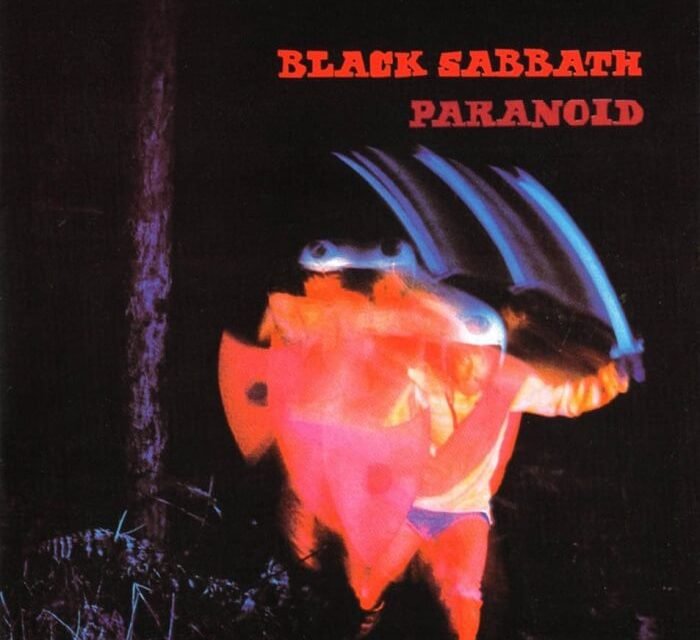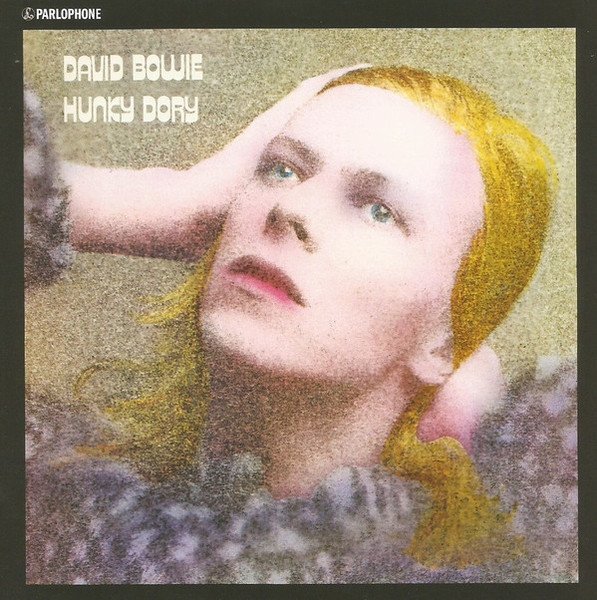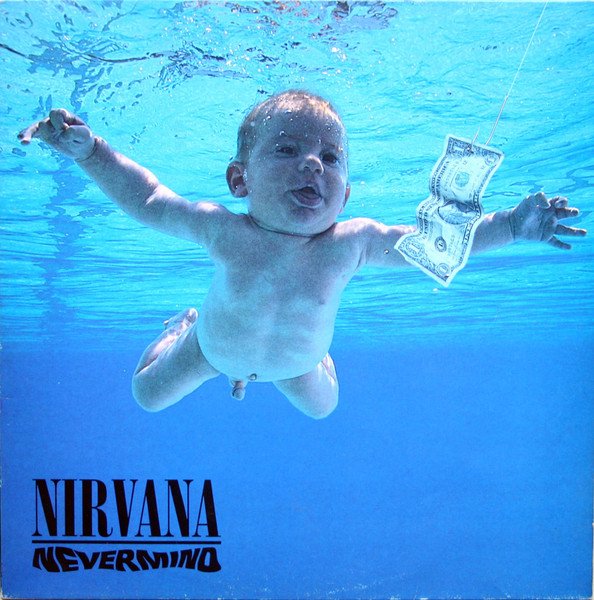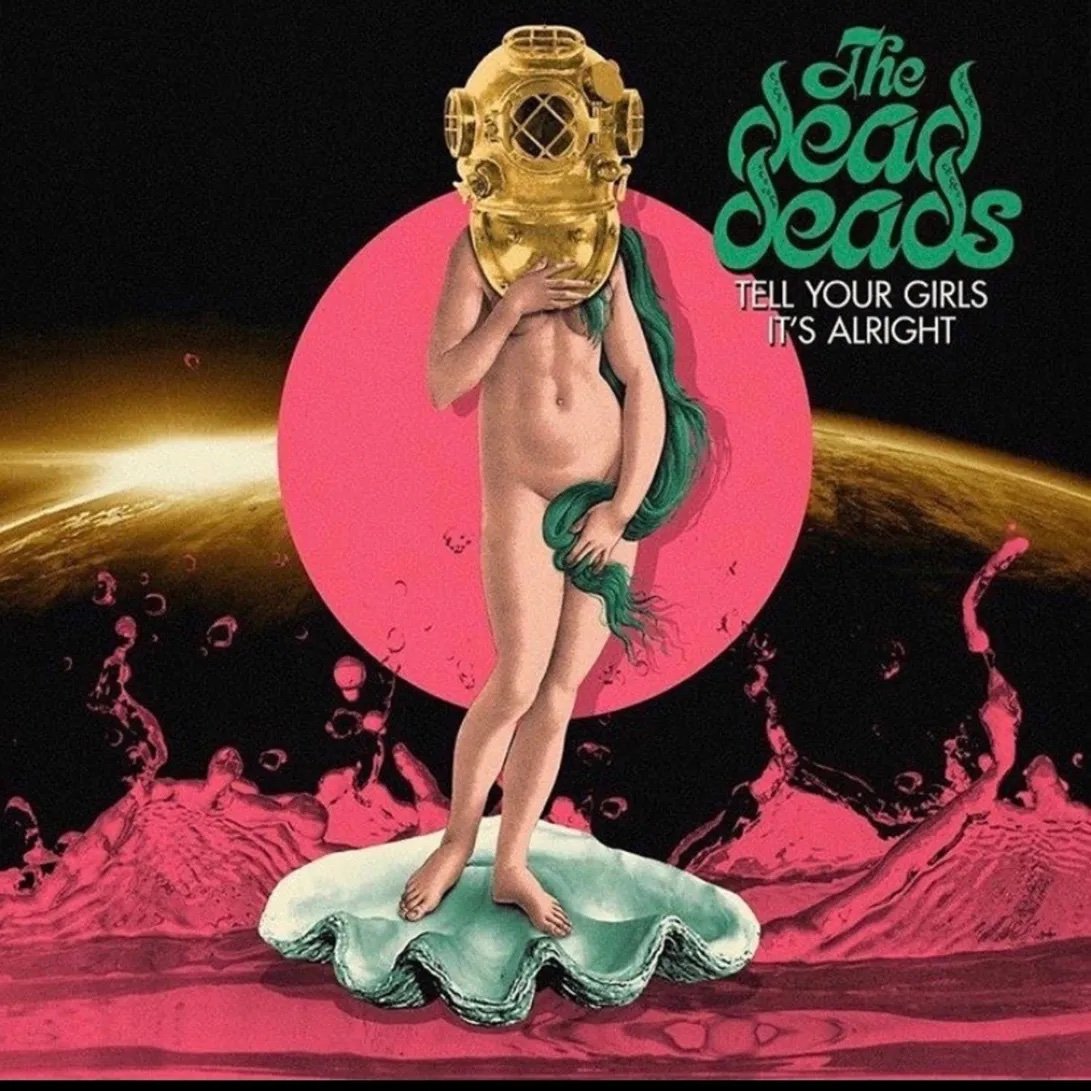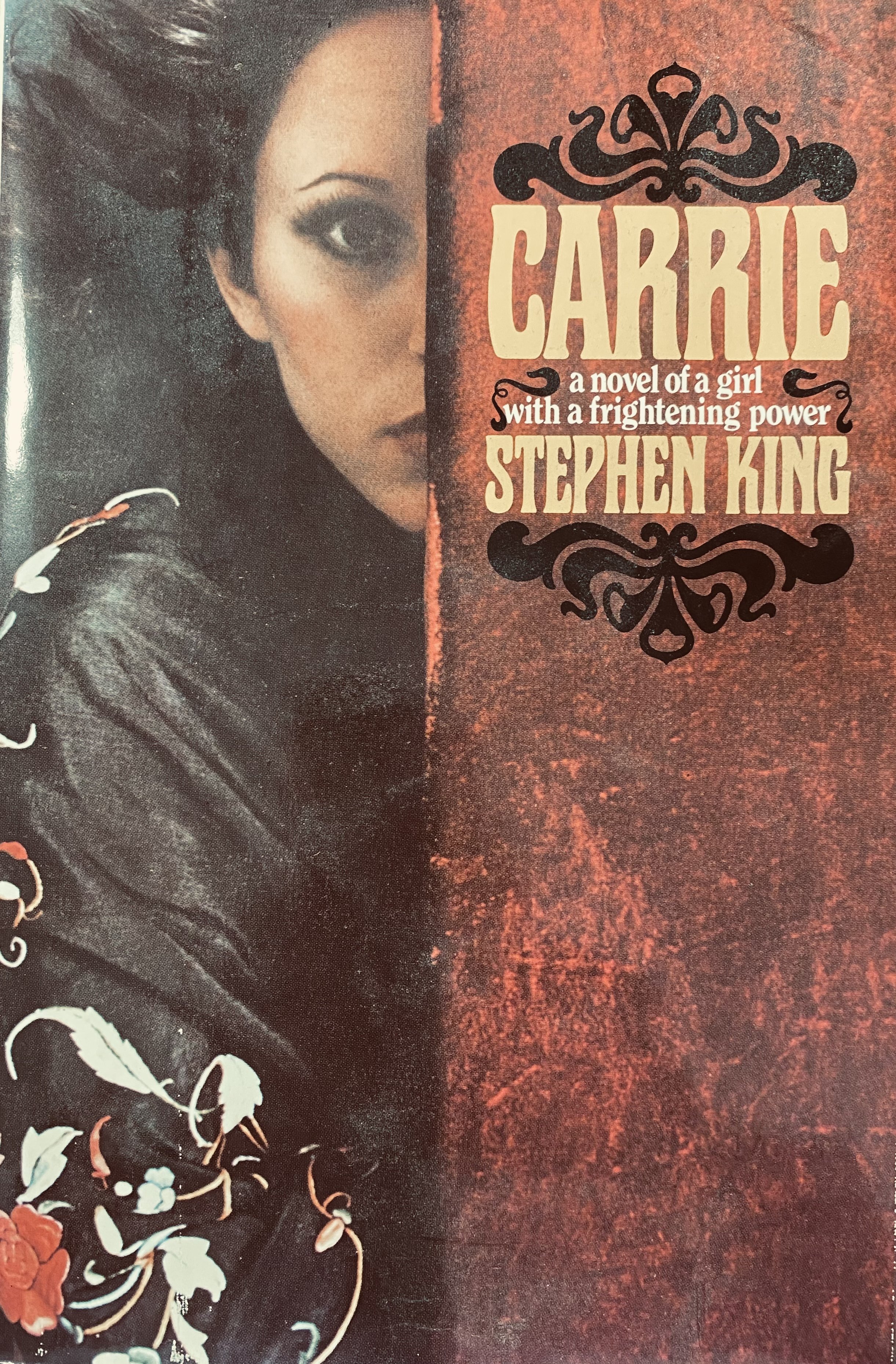(I’m a print journalist, so I tend to write feature-length posts. Scroll to the bottom for the TL;DR.)
One of my first blog posts was about why my wife and I weren’t quite ready to cut the cable-TV cord. After weighing the alternatives, the ease of cable, combined with two networked TiVo DVRs (for a total of 8 tuners), trumped anything cordcutting could offer at the time.
But that was 2016.
Since then, we’ve added a host of subscription-based “plus” streaming channels to our mix—including AppleTV+, Discovery+, Disney+, ESPN+, and Paramount+—as well as Peacock and HBO Max. We’ve also seen the previous leading contender for our “live TV” replacement service—Playstation Vue—vanish, while both Hulu and YouTube have added live-TV subscription options.
And then, in 2020: Covid.
With first-run TV suddenly in short supply, we turned to movies (our own extensive library as well as streaming titles), TV back catalogs, and the wealth of original programming available on all of these different streaming platforms. By June 2021, our monthly bill for just cable/Internet had risen to nearly $300. At the same time, we’d moved enough away from relying on the cable/TiVo power couple to consider something new.
That “something new” ended up being the ad-free version of Hulu + Live TV with DVR (hereafter H+) for our main cable-replacement experience. It offered the largest number of the channels we watch, along with an interface that, while not exactly user friendly, was at least acceptable. In addition to the previously mentioned plus and pay channels, we rounded out our options with AcornTV, Amazon Prime, Hallmark Movies Now, Netflix, Philo, Showtime, and Starz, with MLB and NFL Game Pass providing complete baseball and football coverage. (These sports apps are essential if your favorite teams are all out-of-market, as mine are.)
Let’s talk about Philo.
Even though H+ offers the largest number of the channels we watch, it doesn’t offer everything. For those missing channels, we turn to Philo, a relatively inexpensive live TV-replacement service with DVR. It may not have some of the top-tier channels that lure folks to other services, but it does carry the three main Hallmarks (Hallmark, Hallmark Movies & Mysteries, Hallmark Drama); BBCAmerica, home of Killing Eve and Doctor Who; and UpTV, home to Canadian drama Heartland. For around $20/month, it perfectly fills in Hulu’s blanks.
I don’t think anyone cuts the cable-TV cord or gives up satellite-TV service because streaming is easier or simpler. In my experience, it’s neither. The good news is that we’re saving over $100 a month. The bad news: We have to pay much closer attention to the shows we follow, since we can’t just turn on the TV and find all of our DVR’d recordings waiting for us on the TiVo home screen. When you’re consuming 80+ shows, that’s challenging.
After trying several media-tracking apps, I chose iOS app “Television Time.” (Not to be confused with “TV Time” and a number of other similarly named apps.) It tells me when new episodes of our shows will run and lets me check them off as we watch them, syncing data with the Trakt.tv database (used by virtually all TV-tracking apps).

